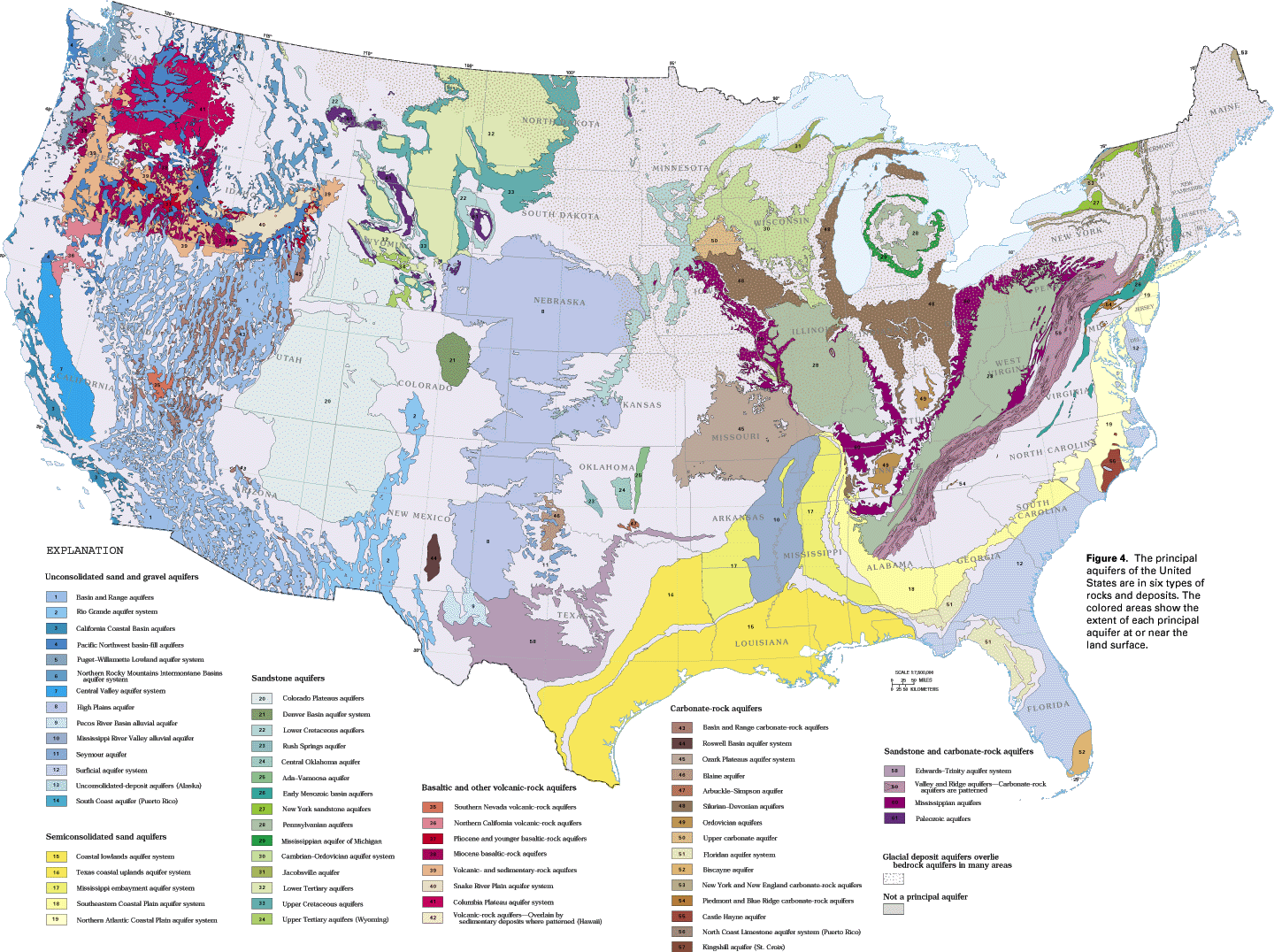Guard Your Groundwater
When rain falls, some of the water ends up in lakes and rivers, some is used by plants, some evaporates back into the atmosphere, and some seeps through the ground into aquifers – large, natural underground water storage areas. This groundwater provides more than 40 percent of the U.S. population with drinking water. Not only does groundwater quench our thirst, but it is also important in protecting water quality and quantity in surface rivers and streams – during drier times, these waters are derived almost completely from groundwater supplies. In coastal areas, pumping too much water from aquifers can increase the amount of salt water entering groundwater supplies, sometimes making it undrinkable.
March 10-16 is National Groundwater Awareness Week. One of the easiest ways to protect groundwater supplies is to save water at home. Try these simple tips to save 30 gallons in one day:
Globally, humans draw nearly one-third of our fresh water from underground sources, supplying 36 percent of domestic water, 42 percent of agricultural water and 27 percent of industrial water. However, our water demands are beginning to alter this critical resource in profound ways. Until now, scientists have struggled to understand how increased demand coupled with and a changing climate impacts ground water supplies, but a new team of international water wizards has begun to unlock some of our planet’s subterranean secrets. Here’s what they’ve found so far:
-Some of our most important groundwater storage areas, called aquifers, haven’t received substantial deposits of water for thousands of years. This is mostly because the rate of new soil water accumulation only represents a small fraction of Earth’s total ground water storage. However, we’re extracting this “fossil water” from the earth much more quickly than nature can restore it, essentially making these aquifers non-renewable resources. -Even though the speed of ground water restoration is complicated by many factors like land cover and local geology, its “recharge” rate generally varies with the global distribution of precipitation – a principle component of any location’s climate. -Current research points to less snow accumulation, earlier snow melts, more winter rainfall events, and more rain-on-snow events in a warmer world. Preliminary ground water research shows that changing snowmelt patterns usually reduce the seasonal variation and amount of ground water deposits. -Droughts cause irrigation systems to shift from using renewable surface waters to non-renewable fossil water. California’s 2006-2009 Central Valley drought forced farmers to pump enough groundwater to fill Lake Mead, the largest surface reservoir in the United States.













